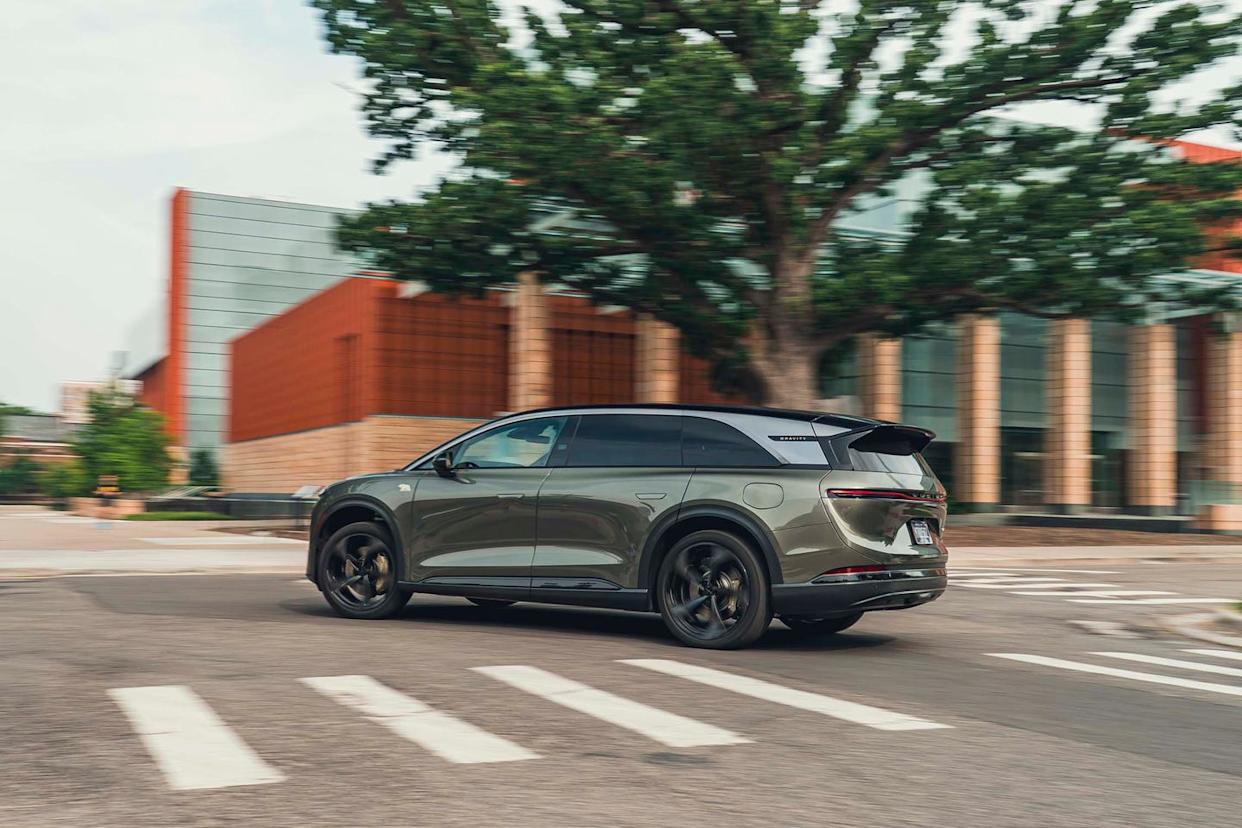
A sedan-only lineup is not a winning strategy these days, which is why fledgling automaker Lucid Motors is adding the Gravity SUV, available as either a five- or seven-seater, as a follow-up to its excellent Air sedan. While plenty of us think the Gravity's lozenge form factor and low roof look more minivan than rough-and-tumble SUV, the aerodynamics-first design is great for efficiency and range. While this limited-edition Dream model's summer tires reduce its EPA estimated range figure, the most efficient Grand Touring version earns 450 miles of EPA range, which is 98 percent of what the bluff Cadillac Escalade IQ gets, even though the Lucid has only 60 percent of the Cadillac's battery energy.
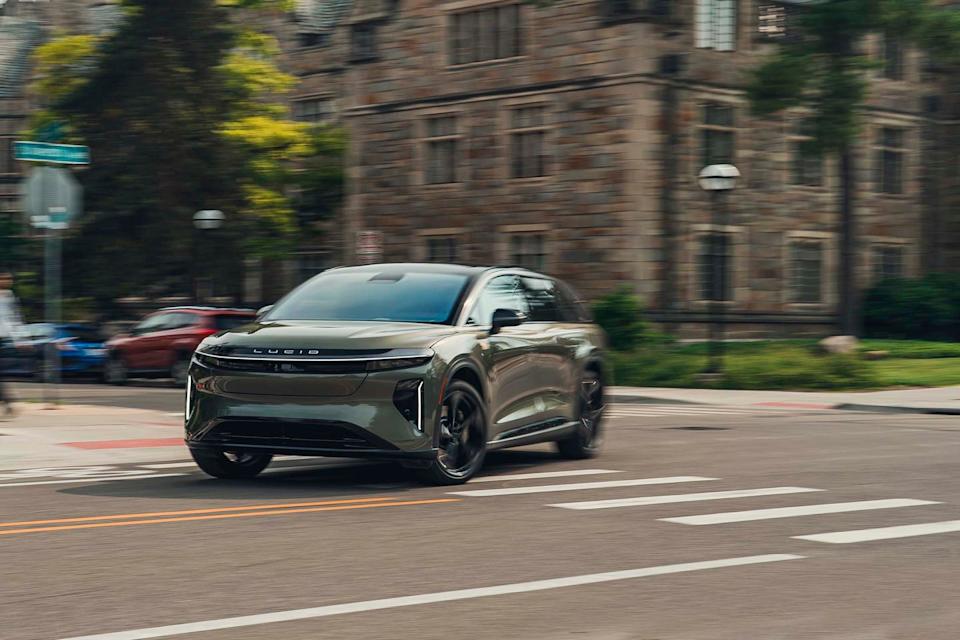
Despite the low roof, the Gravity's packaging is near-minivan excellent, with a sprawling second row and a third row that's comfortable even for six-plus-footers. Remarkably, the seat cushions are not squashed to the floor to create headroom, so this isn't a knees-in-the-chest situation, either. Interior materials are top-shelf, and the front seats have great wrap-around support. Again, compared with the Escalade iQ, the Gravity has similar passenger space in all three rows, as well as cargo space in back, despite having almost 17 inches less wheelbase and a roofline that's nearly a foot lower.
But enough left-brain talk. Plenty of EVs are quick, but more impressive than the 1070-hp Gravity's 3.1-second rush to 60 mph is the second wave of thrust beyond that speed. The front end lifts, the steering goes light, and the Lucid rockets to an easy 160 mph. Its 10.6-second quarter-mile is neck and neck with a Corvette Z06's, and by 150 mph, the Gravity is nearly a full three seconds ahead. It's the quickest SUV we've ever tested.
Better than the raw speed is that the Gravity drives with verve heretofore unseen in the ranks of heavy, three-row electric SUVs. It's rare that any vehicle is so unerringly neutral that it wants to go tail out around our 300-foot skidpad—the Toyota GR86 comes to mind—but the Gravity, shockingly, requires countersteer. Its helm is satisfyingly sharp, too, and you can feel the rear-steer system quickening the Gravity's responses. The ride quality is surprisingly reasonable—its air springs no doubt help—especially considering the 22-inch front and 23-inch rear wheels and Pirelli P Zero PZ5 summer tires. And the 1.5-inch-wide front brake rotors look more Le Mans racer than street car—no wonder they haul down the three-ton Gravity with zero fade.
There are a few details that feel unfinished. The power mechanism for the second-row seats is loud and moves coarsely, the head-up display is unreadable, the folding mechanism for the third row is wobbly, the lane-centering function can be jerky, and the Gravity erroneously dimmed its infotainment screens repeatedly on a bright summer day. These are issues that the long-standing automakers likely would have addressed, and Lucid could fix at least some of these things with over-the-air software updates.
While it remains to be seen how the Gravity might ignite Lucid's sales, as with the Air, lower-powered, less-expensive models will be a much better value. As for its appearance, our staff most frequently compared it to the Mercedes-Benz R63 AMG, a flash-in-the-pan nameplate we loved even if the marketplace didn't.
You Might Also Like
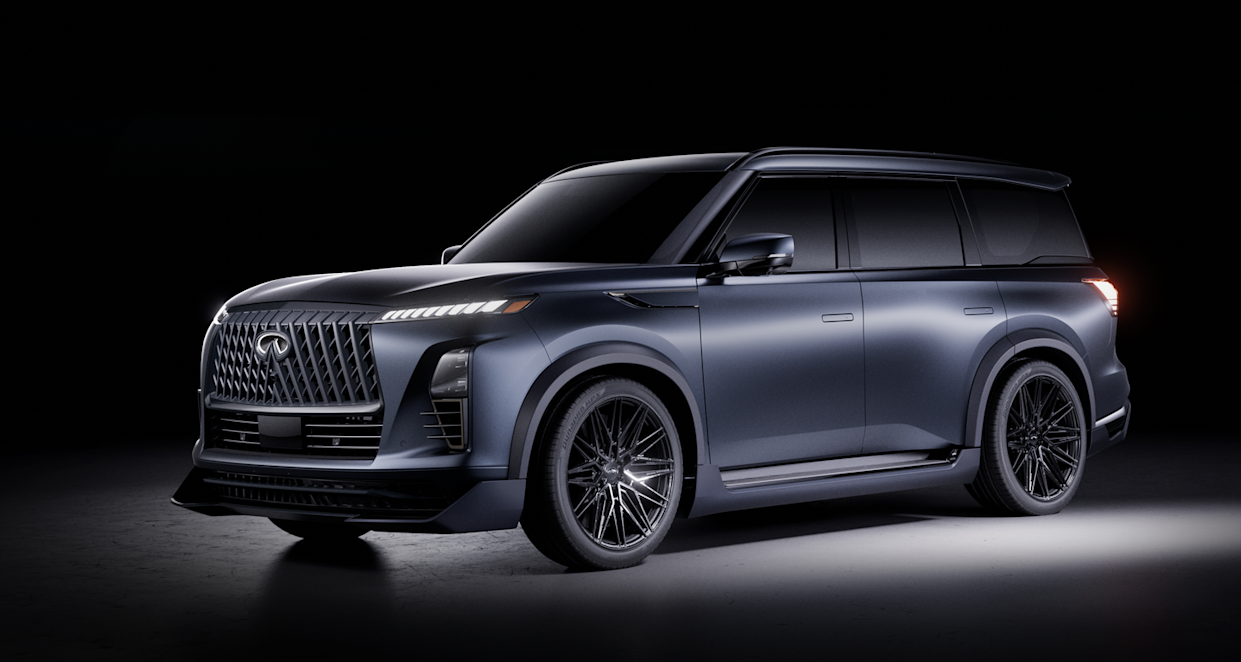
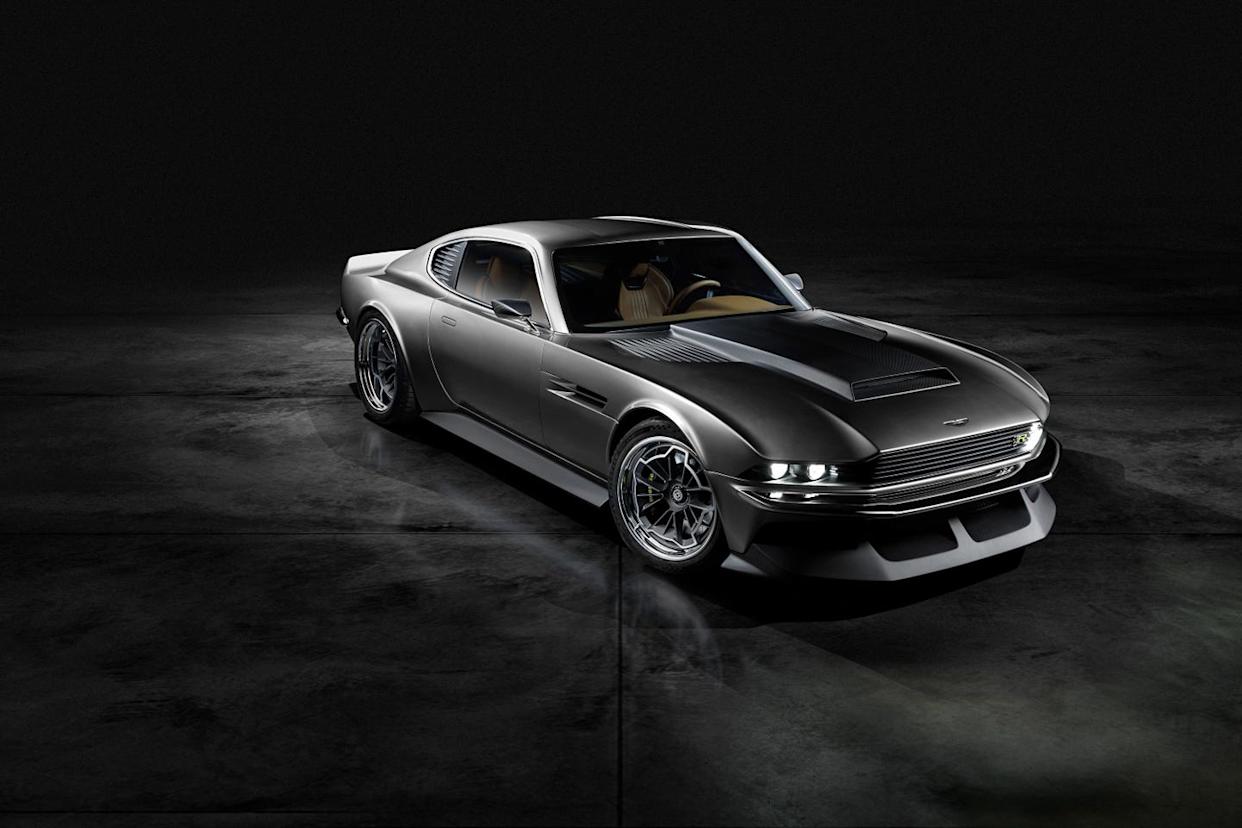
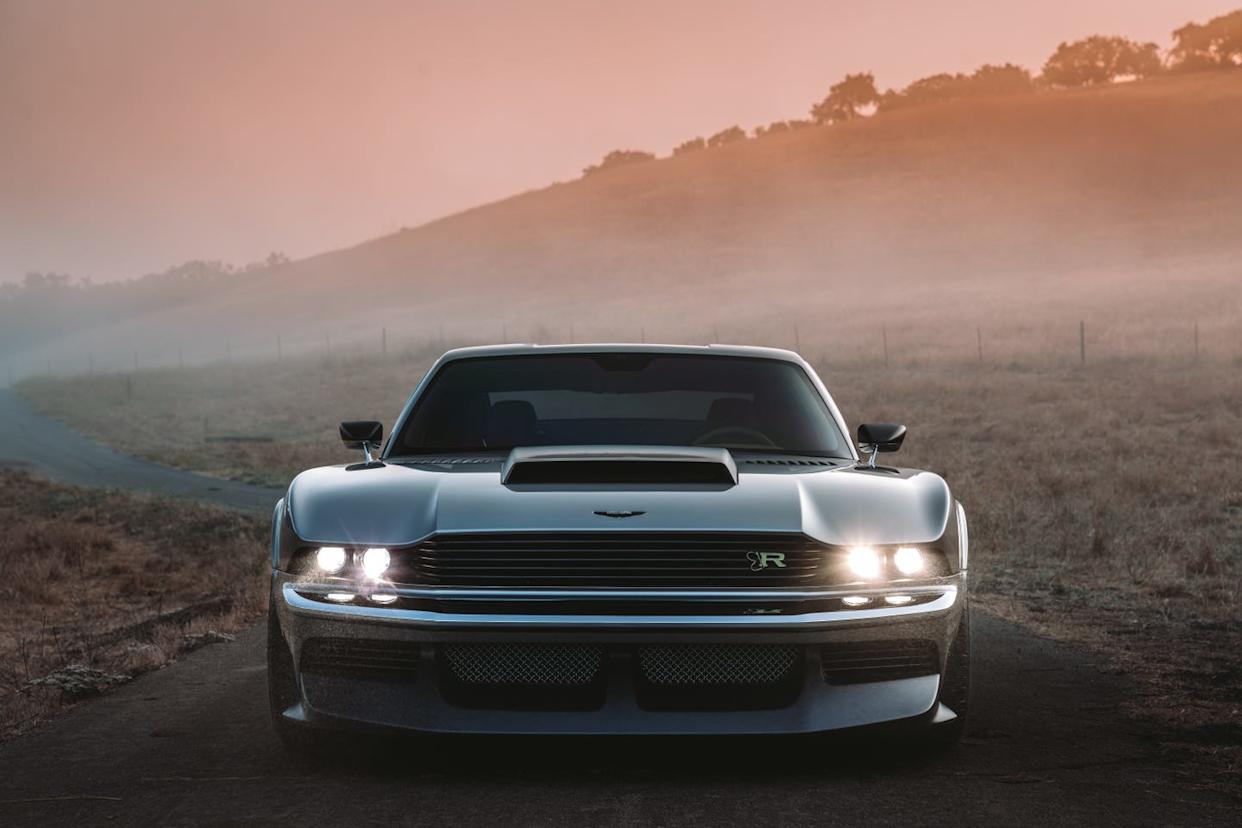
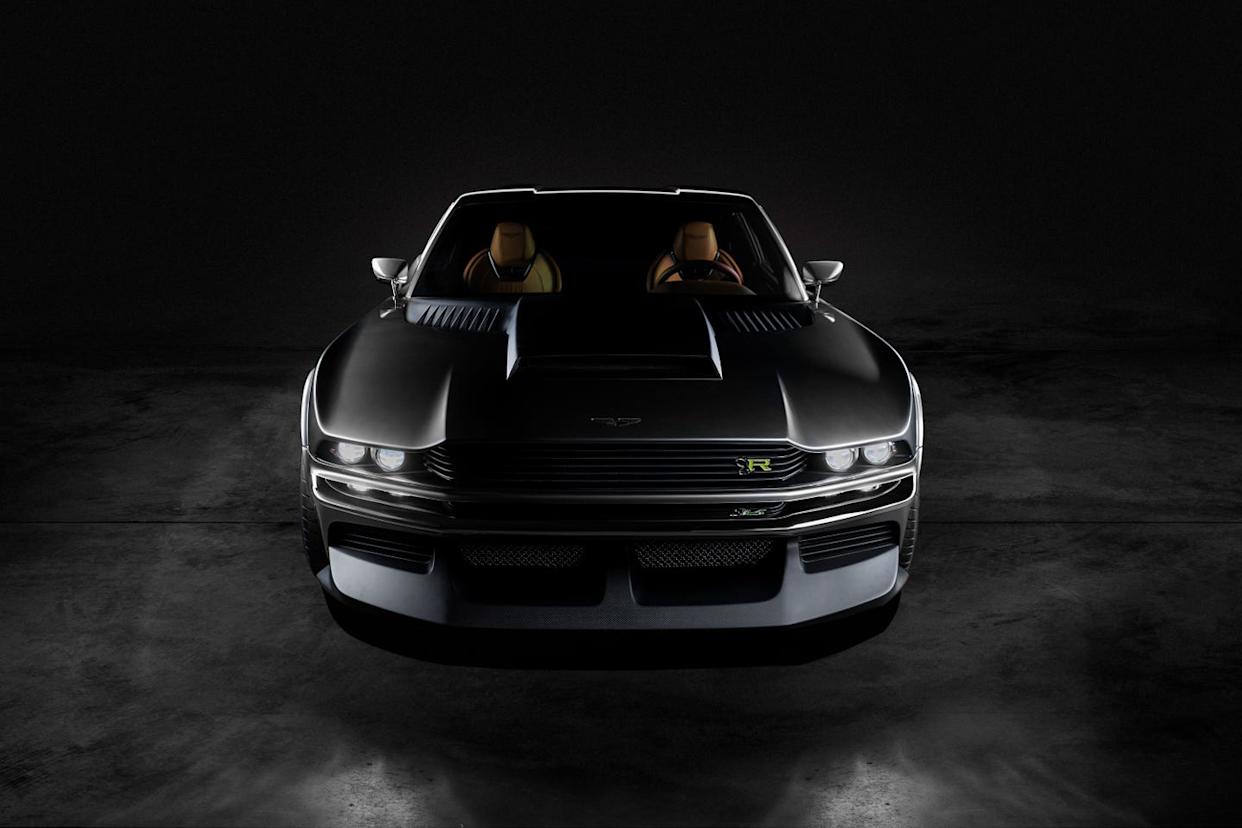
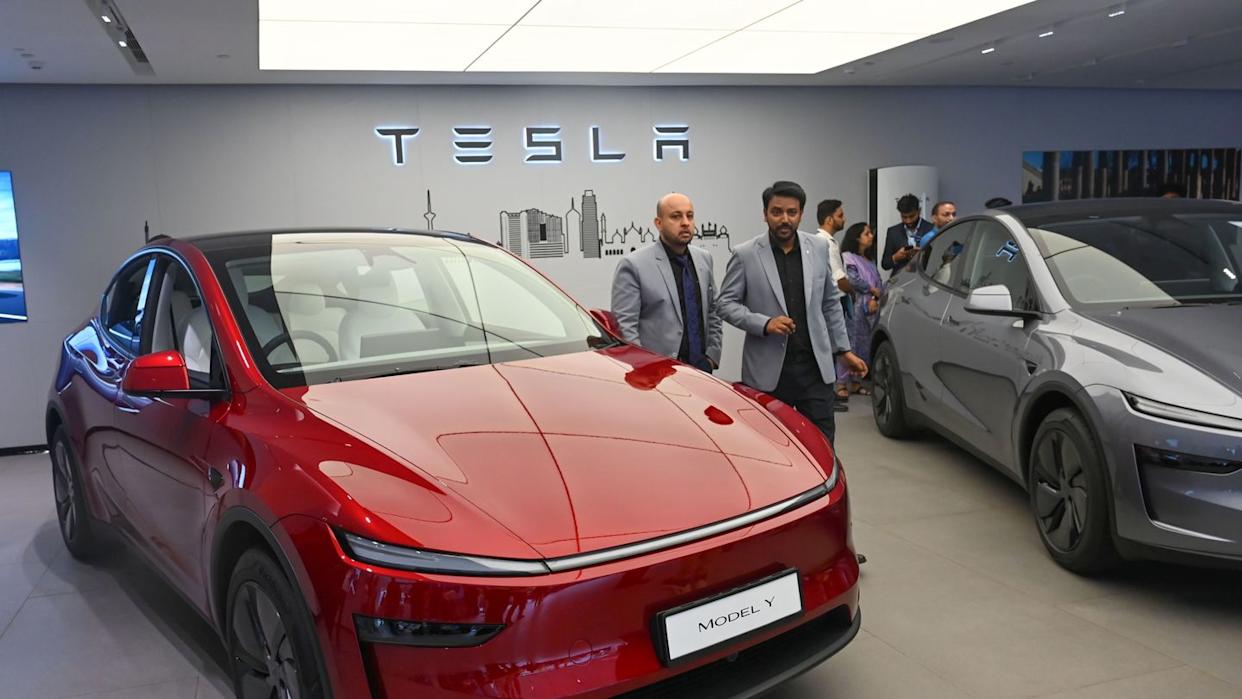
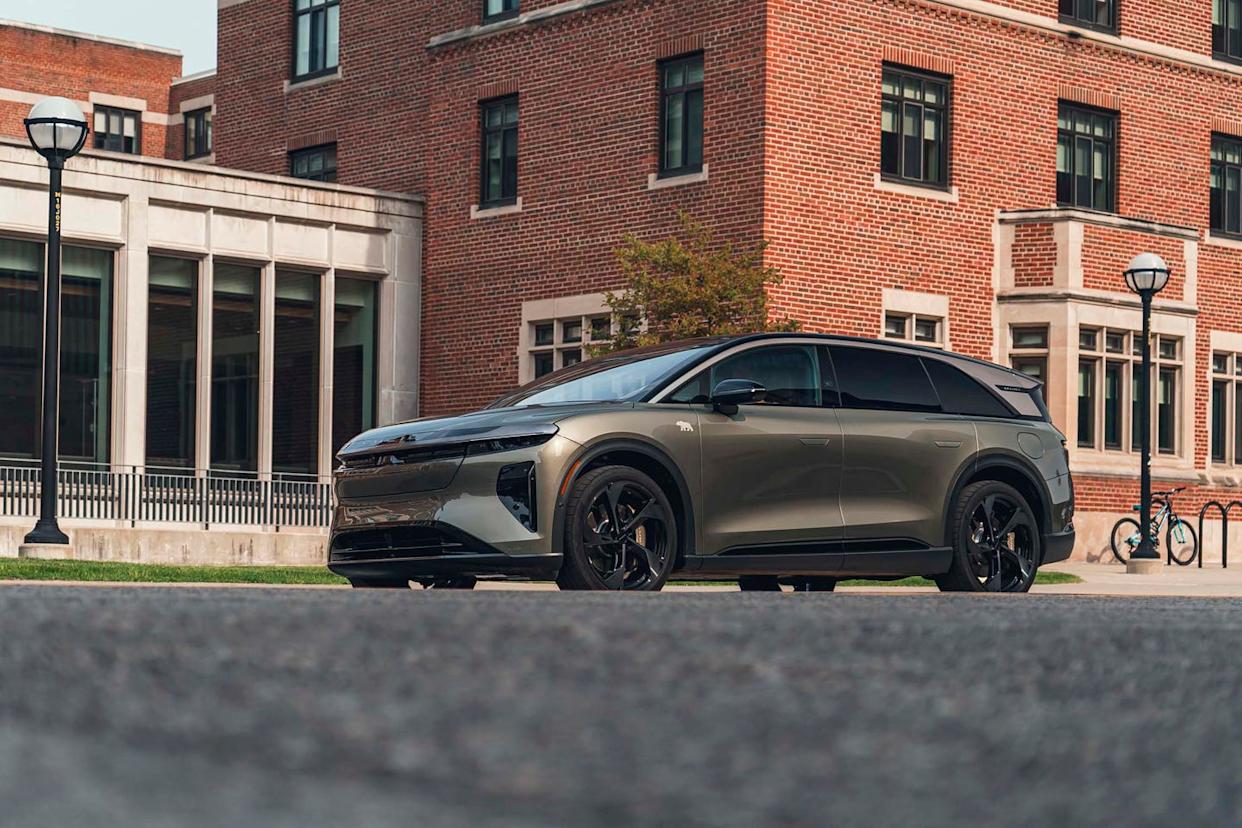
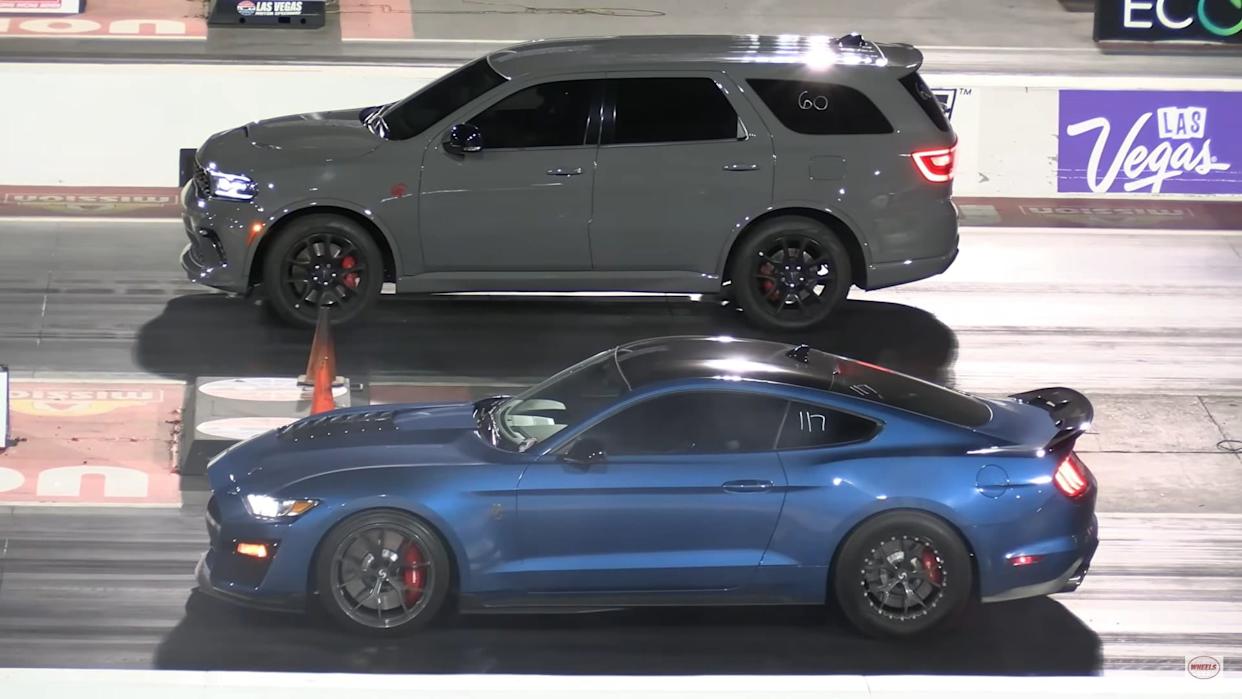
Comments